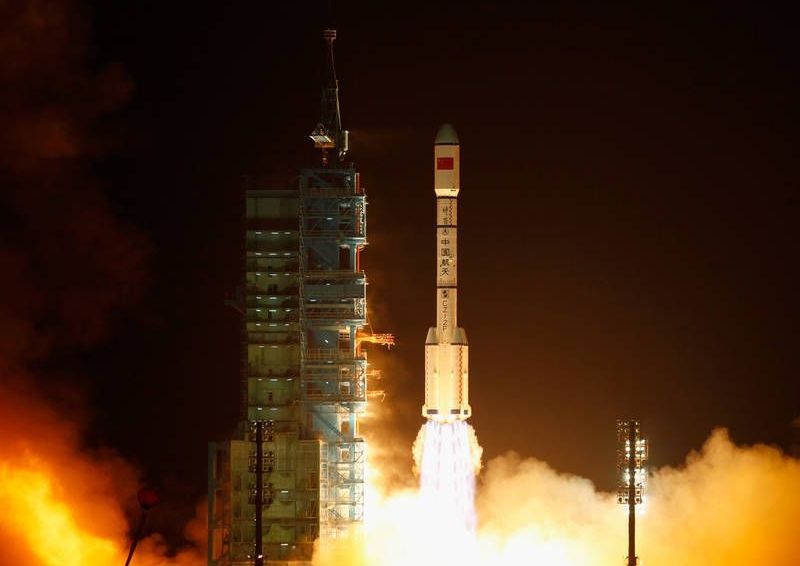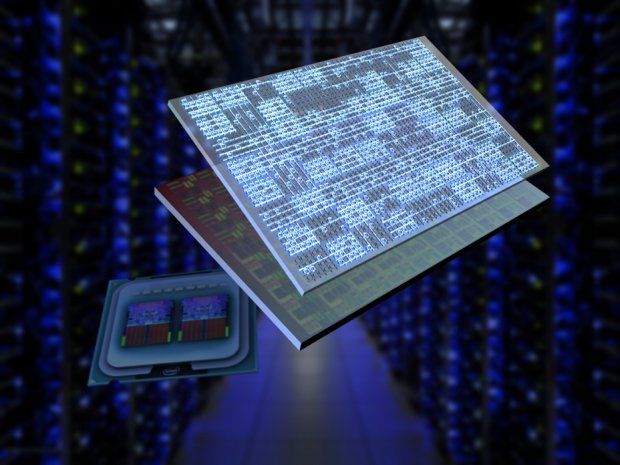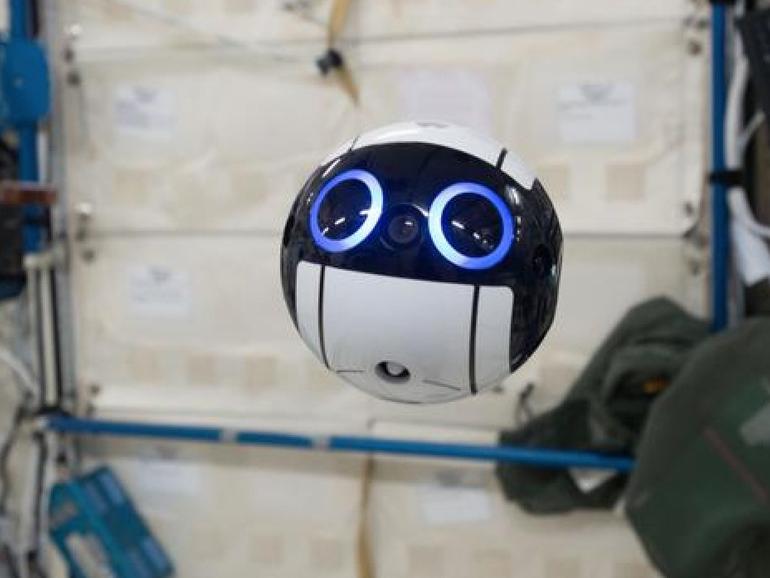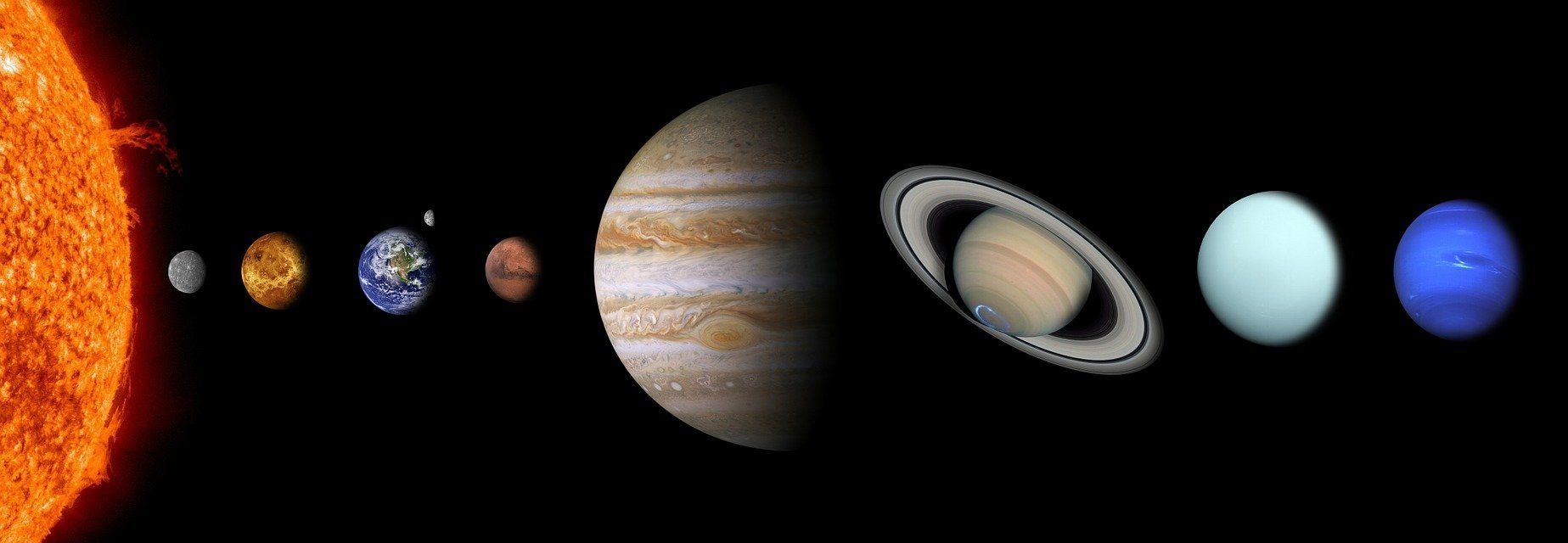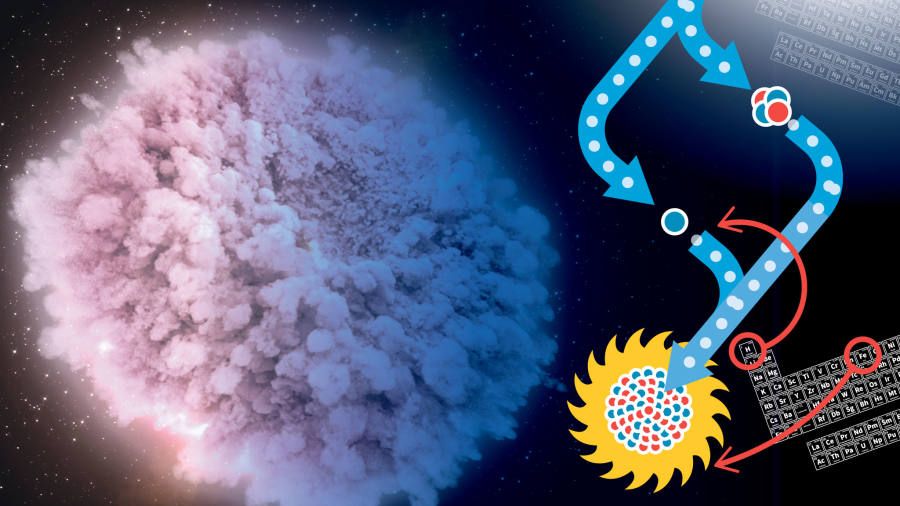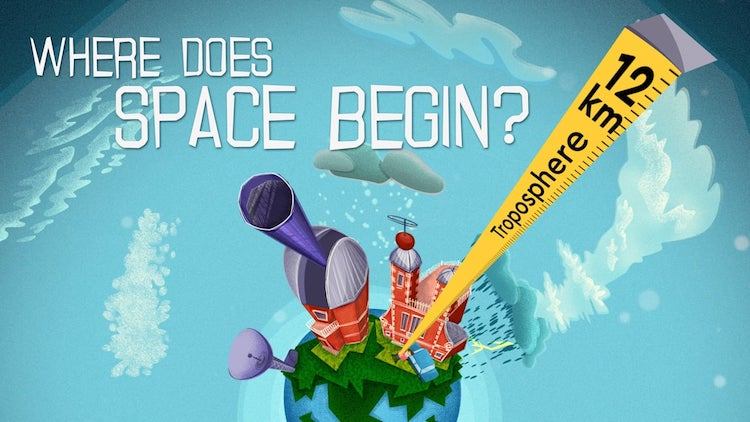Archive for the ‘space’ category: Page 885
Mar 22, 2018
Optical computers light up the horizon
Posted by Genevieve Klien in categories: mobile phones, space, supercomputing
Since their invention, computers have become faster and faster, as a result of our ability to increase the number of transistors on a processor chip.
Today, your smartphone is millions of times faster than the computers NASA used to put the first man on the moon in 1969. It even outperforms the most famous supercomputers from the 1990s. However, we are approaching the limits of this electronic technology, and now we see an interesting development: light and lasers are taking over electronics in computers.
Processors can now contain tiny lasers and light detectors, so they can send and receive data through small optical fibres, at speeds far exceeding the copper lines we use now. A few companies are even developing optical processors: chips that use laser light and optical switches, instead of currents and electronic transistors, to do calculations.
Mar 22, 2018
10 Amazing Robots in Space Right Now (In Pictures)
Posted by Genevieve Klien in categories: robotics/AI, space
Robots, including floating spheres and spacewalkers, are performing critical tasks for astronauts and researchers as we speak.
Mar 22, 2018
New theory to explain why planets in our solar system have different compositions
Posted by Genevieve Klien in categories: education, space
A team of researchers with the University of Copenhagen and the Museum für Naturkunde, Leibniz-Institut für Evolutions has come up with a new explanation regarding the difference in composition of the planets in our solar system. In their paper published in the journal Nature, they describe their study of the calcium-isotope composition of certain meteorites, Earth itself, and Mars, and use what they learned to explain how the planets could be so different. Alessandro Morbidelli with Observatoire de la Côte d’Azur in France offers a News & Views piece on the work done by the team in the same journal issue.
As Morbidelli notes, most planetary scientists agree that the planets in our solar system had similar origins as small rocks orbiting the sun, comprising the protoplanetary disk, which collided and fused, creating increasingly larger rocks that eventually became protoplanets. But from that point on, it is not clear why the planets turned out so differently. In this new effort, the researchers have come up with a new theory to explain how that happened.
The protoplanets all grew at the same rate, the group suggests, but stopped growing at different times. Those that were smaller, they continue, stopped growing sooner than those that were larger. During this time, they further suggest, material was constantly being added to the disk. Early on it, it appears that the composition of the material was different from the material that came later, which explains why the rocky planets we see today have such differences in composition.
Mar 22, 2018
Scientists discover the origins of gold in space
Posted by Genevieve Klien in category: space
Mar 22, 2018
How 3D printing is spurring revolutionary advances in manufacturing and design
Posted by Klaus Baldauf in categories: 3D printing, space
A young startup called Relativity is pushing space technology forward by pushing 3D printing technology to its limits, building the largest metal 3D printer in the world. And other major companies anxious to try these new ways of manufacturing, too. Science correspondent Miles O’Brien looks at some of the amazing advances that’s launching the technology into a new era.
Mar 21, 2018
China’s Space Station Should Crash to Earth in Coming Weeks
Posted by Genevieve Klien in category: space
China’s Tiangong-1space station will de-orbit between the end of March and the first week of April, according to estimates.
Mar 20, 2018
The world’s oldest working planetarium
Posted by Genevieve Klien in categories: education, space
Dutch amateur astronomer Eise Eisinga might have left school at 12 years old, but he built an inch-perfect model of the solar system in his living room.
Mar 19, 2018
US-Russian crew to blast off for International Space Station mission
Posted by Genevieve Klien in categories: space, transportation
A handout photo made available by the National Aeronautics and Space Administration (NASA) shows the Soyuz rocket inside Building 112 prior to being rolled out by train to the launch pad at the Baikonur Cosmodrome in Kazakhstan, March 19, 2018. Expedition 55 crewmembers Ricky Arnold and Drew Feustel of NASA and Oleg Artemyev of Roscosmos are scheduled to launch at 1:44 p.m. Eastern time (11:44 p.m. Baikonur time) on March 21 and will spend the next five months living and working aboard the International Space Station (ISS), NASA said.
Mar 19, 2018
A Clever Animation That Explains the Heights and Purposes of Each Layer of the Earth’s Atmosphere
Posted by Genevieve Klien in category: space
While many of us have a nebulous familiarity with the universe, a very clever animation by the Royal Observatory Greenwich explains the height and purposes of the different layers of the Earth’s atmosphere before it is officially considered to be “space”. These layers include the troposphere, stratosphere, mesosphere, and the Kármán Line. The thermosphere, which continues on and on eventually becomes the exosphere and then on to space as we know it.
Have you ever wondered how far away space is; how far are the different things you see above your head? Join the Royal Observatory Greenwich astronomers as they ascend up through the different layers of the Earth’s atmosphere to reveal what we would see at different heights.
The Royal Observatory also put together an equally clever animation that describes how the solar system was formed.
